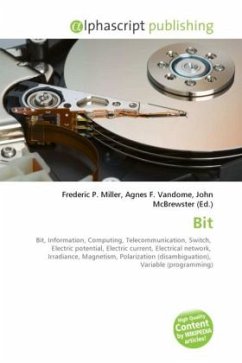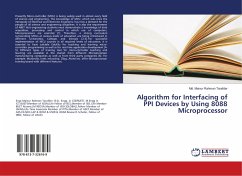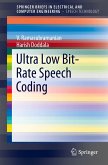A bit is the basic unit of information in computing and telecommunications; it is the maximum amount of information that can be stored by a device or other physical system that can normally exist in only two distinct states. These may be the two stable positions of an electrical switch, two distinct voltage or current levels allowed by a circuit, two distinct levels of light intensity, two directions of magnetization or polarization, etc.In computing, a bit can also be defined as a variable or computed quantity that can have only two possible values. These two values are often interpreted as binary digits and are usually denoted by the Arabic numerical digits 0 and 1. Indeed, the term "bit" is a contraction of binary digit. The two values can also be interpreted as logical values . algebraic signs, activation states, or any other two-valued attribute. In several popular programming languages, numeric 0 is equivalent to logical false, and 1 to true. The correspondence between these values and the physical states of the underlying storage or device is a matter of convention, and different assignments may be used even within the same device or program.
Bitte wählen Sie Ihr Anliegen aus.
Rechnungen
Retourenschein anfordern
Bestellstatus
Storno








